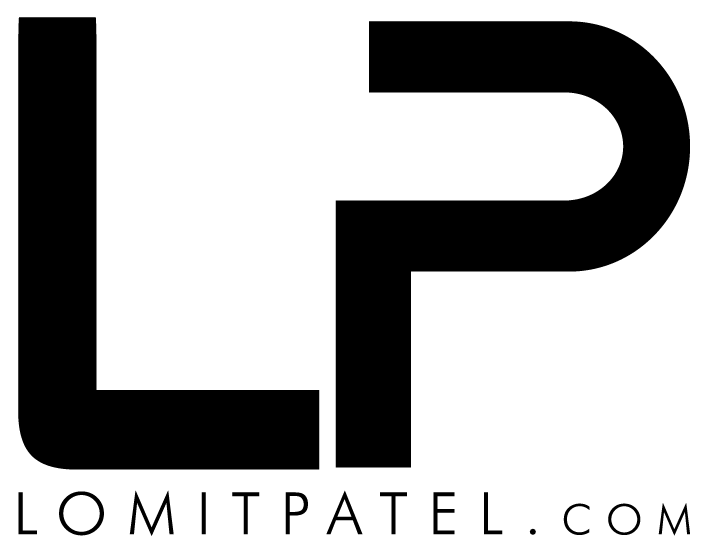Have you ever felt a surge of frustration when faced with a blurry image of a crosswalk, questioning your own humanity? You’re not alone. This is the world of the robot captcha challenge, a hurdle many of us encounter daily, designed as a security measure to distinguish between humans and bots.
The robot captcha challenge exists to separate us, the genuine users, from automated bots that can wreak havoc online. But this has become quite tedious. CAPTCHAs are a form of turing test.
Table of Contents:
- What Exactly is a robot captcha challenge?
- The Annoyance With The robot captcha challenge
- How To Make It Past The robot captcha challenge?
- Benefits of Improving the Robot Captcha Challenge
- Tools to Help You Avoid The Robot Captcha
- A Guide to Improve the robot captcha challenge
- Conclusion
What Exactly is a robot captcha challenge?
A CAPTCHA, or “Completely Automated Public Turing test to tell Computers and Humans Apart,” is designed to prevent bots from accessing websites. It intends to stop things like spam, and password decryption by having people complete an action to confirm they are humans. The acronym itself gives a glimpse into its core purpose, acting as a crucial bot mitigation technique.
These tests appear everywhere, from account signups to online polls. Although intended to block automated bots, CAPTCHAs have drawbacks. The completely automated public turing test is not always easy.
The Evolution of the CAPTCHA
Initially, CAPTCHAs presented distorted text that computers struggled to decipher. Humans, used to interpreting letters in various contexts, could usually pass. This forced programs like bots to input letters at random, acting as a basic form of bot defender.
Over time Google developed reCAPTCHA. Google acquired reCAPTCHA in 2009, and improved the CAPTCHA. This evolution was spurred by the fact that basic text-based CAPTCHAs were becoming ineffective against sophisticated bots.
The Different Forms of reCAPTCHA
Google’s reCAPTCHA broadened the types of tests to distinguish between human users and bots. These tests include image recognition. Another uses a checkbox, commonly referred to as a simple checkbox.
They also did general user behavior evaluation. This includes analysis of user agent data and other parameters to determine the likelihood of a user being human.
Image Recognition
Users are typically presented with a set of images. You then have to find particular items. These items range from everyday things to traffic signs, or store fronts, acting as an image captcha.
It’s a simple premise. Picking specific images from a photo is a hard situation for AI to handle, making it an effective verification challenge.
But human users, who look at the whole, see it clearly. A recent study revealed something important that it takes users about 15 and 26 seconds with 81% accuracy when looking at the photos.
Checkbox
With these tests, often called a checkbox test, users click on a box labeled as “I am not a robot.” It measures mouse movement. It gives context for solving captcha whether it is human or not.
Cookies help understand more about the history of a device. reCAPTCHA Enterprise uses scores ranging from zero to one to verify authenticity of the visitor. These traditional captchas use scoring.
User Behavior
New reCAPTCHA determines whether a person is legit by observing what they do on the site. There is not an assessment challenge. Instead, the system monitors various parameters, such as IP address and browsing patterns, to differentiate between humans and bots.
The Annoyance With The robot captcha challenge
CAPTCHAs have increasingly become a source of annoyance for web users. Studies have shown that AI bots have a 100% accuracy rating. As CAPTCHAs evolve it causes an endless cycle as bots continue adapting.
Accessibility Concerns
The biggest problem with CAPTCHAs is that they depend on you seeing things. These test can easily be fooled by bots. Visually impaired users are at a severe disadvantage, as image captchas are inaccessible to them.
For those who are blind or have significant visual impairments, audio challenge are offered as an alternative. But what about users who are both deaf and blind? It highlights an inclusivity gap, demonstrating that captchas arenât always inclusive.
Other research found it takes more time for non-native English speakers to figure out CAPTCHAs. This creates further barrier to internet use. This issue affects the overall customer journey.
Impact on User Experience
Filling out these little quizzes can break concentration. It adds resistance at critical points and affects conversion rate. This can negatively impact metrics related to ad fraud prevention.
Researchers at HUMAN found something incredible. 40% of people have canceled a purchase when being verified because they are concerned that they will solve captcha incorrectly.
They have found a better user approach to handle this called the Human Challenge. It seeks to reduce false positives and improve the user experience.
How To Make It Past The robot captcha challenge?
Companies give their own approaches for figuring out if people or a machine is looking at something. There are specific ideas, but most strategies involve bot attacks protection. It needs account takeover prevention.
Monitor User Activity
Monitoring how a user behaves is a way to figure out whether they’re real. Looking at things like scrolling patterns, or clicks offers good clues. The time on page can spot differences, serving as a form of human bot defender.
A genuine user moves between different actions online. An attacking actor does various email combinations. They repeat the action over and over, indicating potential fake accounts.
Invisible Challenges
Behind-the-scenes methods assess if a user’s interactions look genuine without showing it. Cloudflare offers Turnstile. It works with no person doing an actual check, serving as a modern captcha alternative.
Proof of Work (PoW)
This method is used by Human Challenge. When someone clicks their challenge button, it causes work by the computer.
Doing this at a high rate creates massive amounts of energy to slow the actions. Proof-of-work needs very little for a person but a whole bunch for an attack happening often.
It causes financial impact for anyone doing an attack. This approach assesses danger without interfering with activity.
Rather than challenging real humans, we quietly figure it out behind the scenes, making it user-friendly. This can even aid in maintaining PCI DSS compliance.
Benefits of Improving the Robot Captcha Challenge
A better user experience can cause happier online actions. Less mistakes means better data. This contributes to the overall growth of the captcha market.
When there aren’t big hurdles during critical times of browsing people spend longer on site. Conversions increase.
A better experience can cause better relationships. Improved conversions have huge effects and make online platforms easier to use.
Less robot actions saves on server activity. Costs are lowered from the activity online. This helps you because you won’t have to keep making captchas harder.
Tools to Help You Avoid The Robot Captcha
Better CAPTCHA processes cause huge business success with more money in your wallet. Think of not using your budget up fighting fires.
There are tools that help, one that stands out is Bluealpha. By integrating ai agents for marketing, you benefit in many ways.
These tools can potentially reduce reliance on captcha farms.
A Guide to Improve the robot captcha challenge
| Step | Action |
|---|---|
| 1 | Determine what interactions are suspicious. |
| 2 | Assess impact of a person’s experience |
| 3 | Implement strategies that help you focus less on challenges that involve work for a person. |
| 4 | Keep up on new techniques and developments. |
This structure works to keep interactions strong online. You help cause better situations.
New advancements can help you create custom management solutions. It is all about finding the balance between security and user experience.
Conclusion
The evolution of the robot captcha challenge highlights ongoing balance issues. It impacts many areas of how the internet operates, from user experience to security and accessibility. The original purpose, preventing bot attacks remains relevant.
Striving for methods that enhance protection helps users everywhere. Tools can let everyone operate in a better environment. These also need to be privacy compliant to protect user’s information.
This includes exploring captcha alternatives. Focus on creating solutions so real users to easily prove theyâre human without frustration.
Subscribe to my LEAN 360 newsletter to learn more about startup insights.





